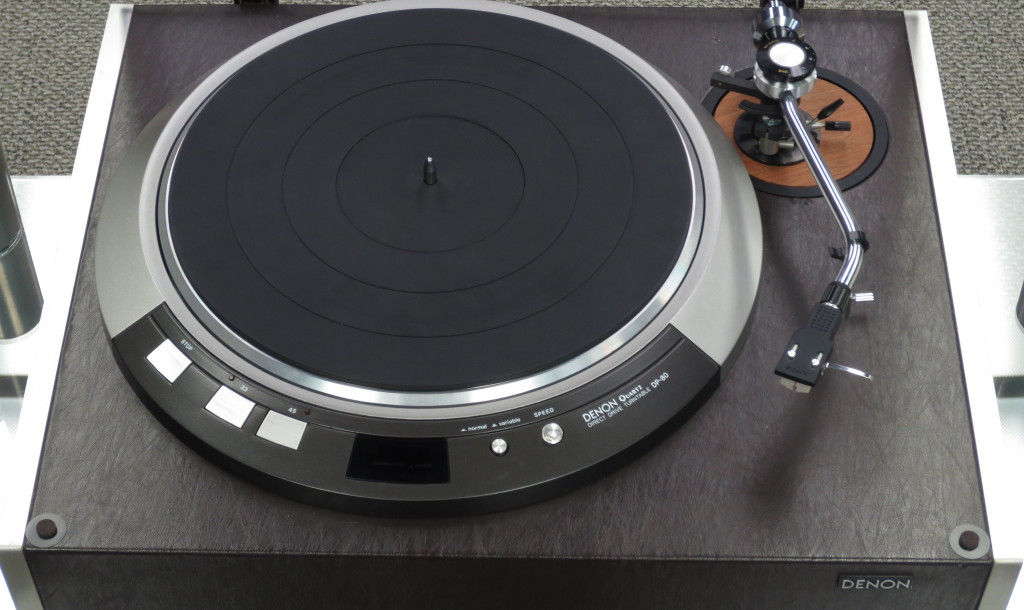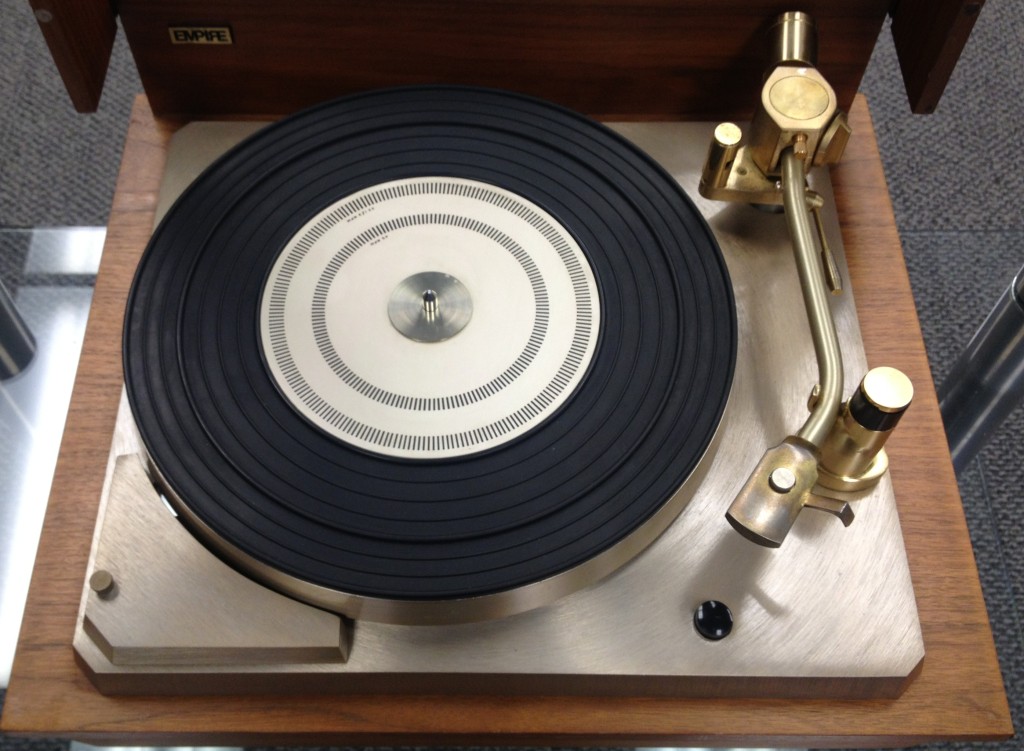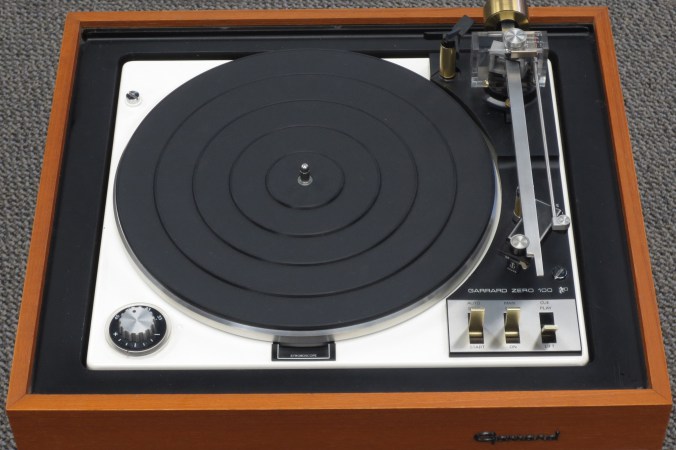by Nick Seiflow
In the wonderful world of record players there are three main ways to spin our vinyl – ah, the joy! And there are some very strong opinions out there as to which is the best way to get these black frisbees turning at the right speed; direct drive, belt drive, and idler drive. Which of these turntable drives is best? Answer; they all are, if properly made.
As long as 33 1/3 rpm stays exactly at 33 1/3, and as long as the main bearing doesn’t produce any audible noise (rumble) then you picks what you likes and all is good.
But…(and there’s always a but) there is one little issue that can trip up any turntable, and that is the loud bits in our records. When the diamond stylus meets these heavily modulated grooves in the record (the loud bits) it can actually slow down a turntable momentarily. Hard to believe that a tiny diamond could have this kind of braking effect, but it’s true.
And it’s a mark of a good table that it will ‘keep up’ with the music, no matter how dynamic it is.
It’s an area that lies at the heart of good turntable design. The next to imperceptible speed fluctuations may not hit you over the head – but they might stop your foot tapping. Our brains can be astoundingly sensitive to these fluctuations, minute though they are (the fluctuations, that is, not our brains…)
Designers have tried to deal with this little problem in many ways, and for many years. Simply put, some designs succeed better….it’s all to do with torque or momentum (and usually the more the better of either or both)
So whether you’re a belter, director, or idler, it doesn’t much matter which turntable drive you prefer. Done well, the music will get through unharmed – and that’s all that counts!


